Unveiling the Grandeur of the Tomb of the Queen of King Xiao of Liang State
The Tomb of the Queen of King Xiao of Liang State, discovered in 1991, stands as a monumental testament to ancient Chinese burial practices and the societal importance of the Han Dynasty’s elite. Located just 200 meters from King Xiao’s tomb at the northern peak of Mount Baoan, this tomb was excavated between September 1992 and September 1994. It spans a staggering 210.5 meters in length and reaches a height of 4.4 meters, covering an area of about 1600 square meters.
Get your dose of History via Email
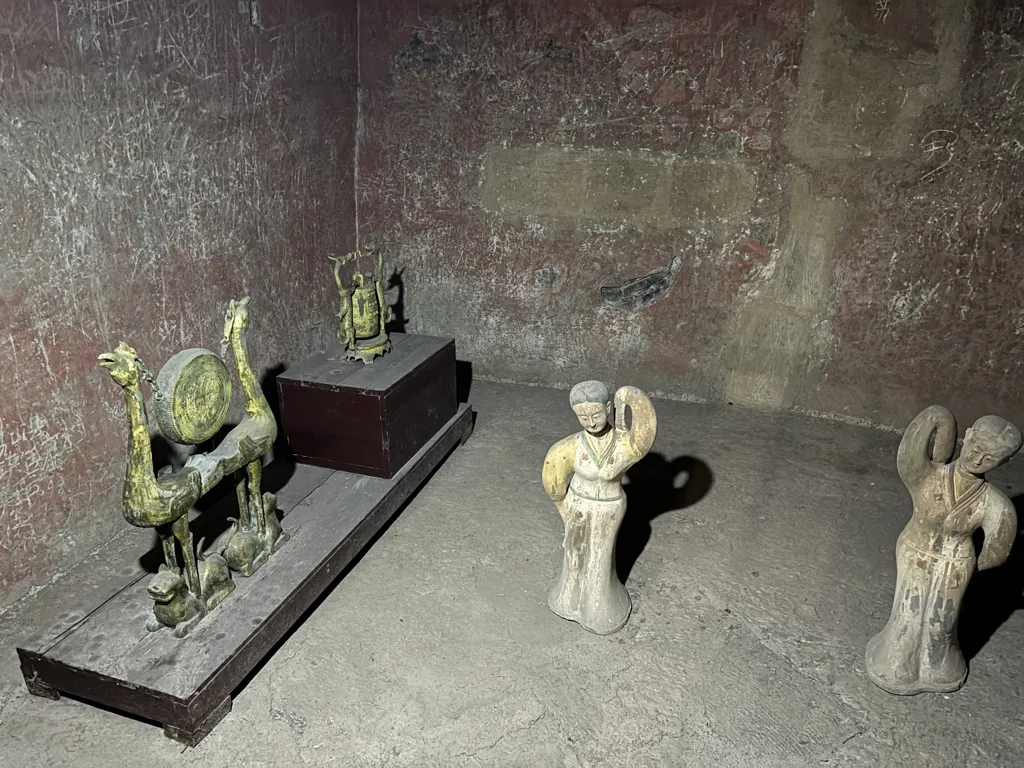
Architectural Complexity and Artistic Mastery
The tomb’s architectural design includes a series of interconnected chambers, each serving distinct ceremonial or functional purposes. These chambers include areas for carriages, a vestibule for receiving guests, and even specialized storerooms for musical instruments and ritual vessels. The tomb’s construction not only underscores the architectural prowess of the time but also reflects the elaborate ritualistic practices that characterized the Han Dynasty.
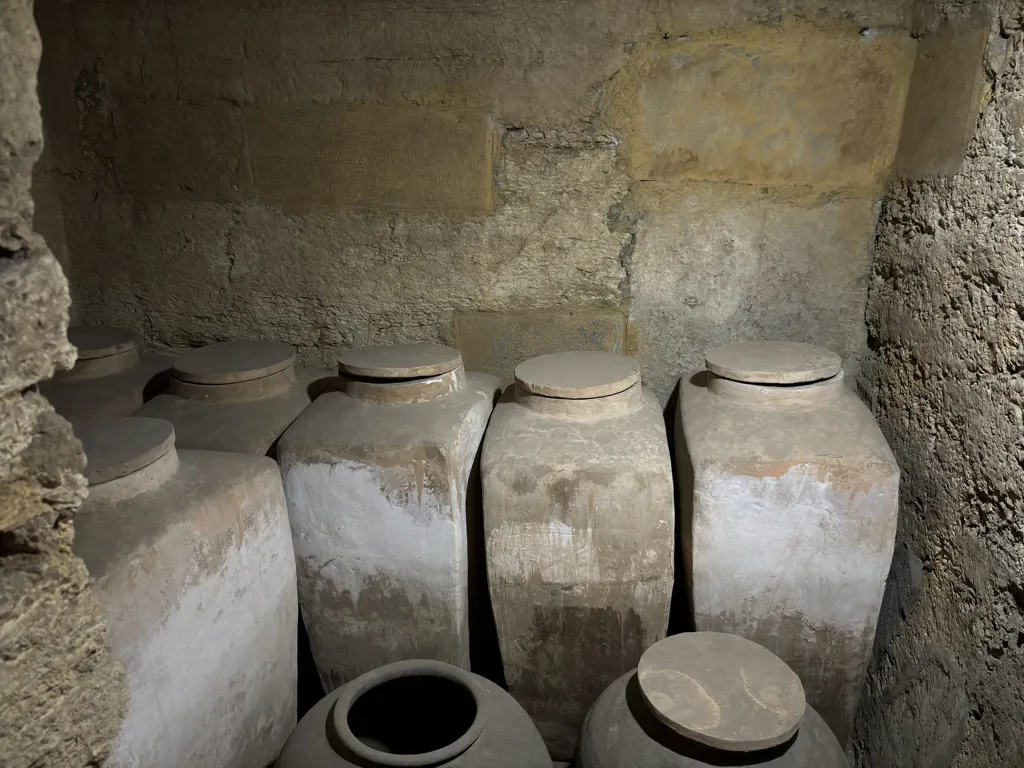
Rich Array of Artifacts Unearthed
One of the most striking discoveries within the tomb was in the No. 1 Burial Pit, where archaeologists unearthed over 2,000 cultural relics. These included gold-plated bronze chariot ornaments, weapons such as crossbows and iron swords, and exquisite jade articles. The presence of these items within the tomb highlights the queen’s high status and the sophisticated craftsmanship of the period.
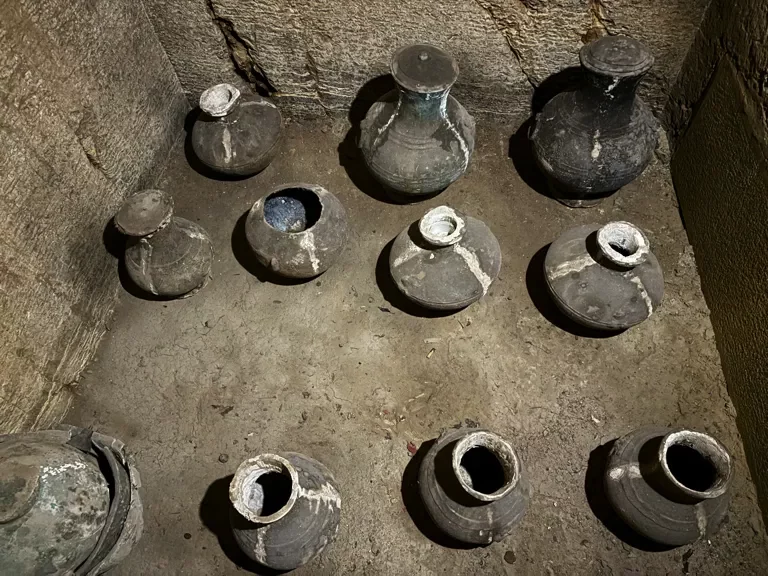
Symbolic Significance of the Tomb’s Layout
The layout of the tomb, with its numerous chambers, each dedicated to specific functions such as storage of clothing, coins, and even ice, illustrates the belief in an afterlife where the physical comforts of the living world were to be replicated. This belief is further emphasized by the ‘Lovesickness Passage,’ a poignant feature intended to symbolize the eternal connection between the king and his queen.
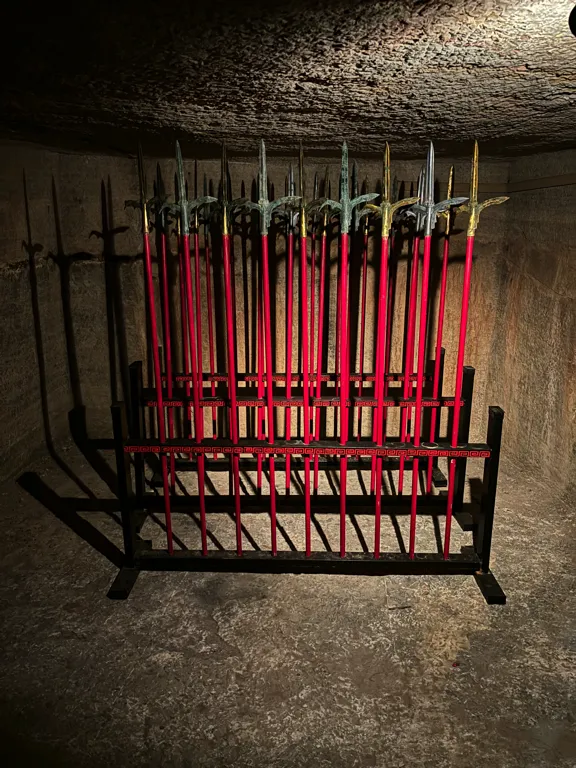
Conclusion: A Window into Han Dynasty’s Burial Customs
The Tomb of the Queen of King Xiao of Liang offers profound insights into the customs, beliefs, and daily life of the Han Dynasty. The artifacts and the tomb’s structure provide a narrative that speaks volumes about the era’s social hierarchies, craftsmanship, and cultural values. As such, this tomb is not only an archaeological treasure but also a crucial cultural heritage site that offers timeless lessons on the complexities of ancient Chinese society.
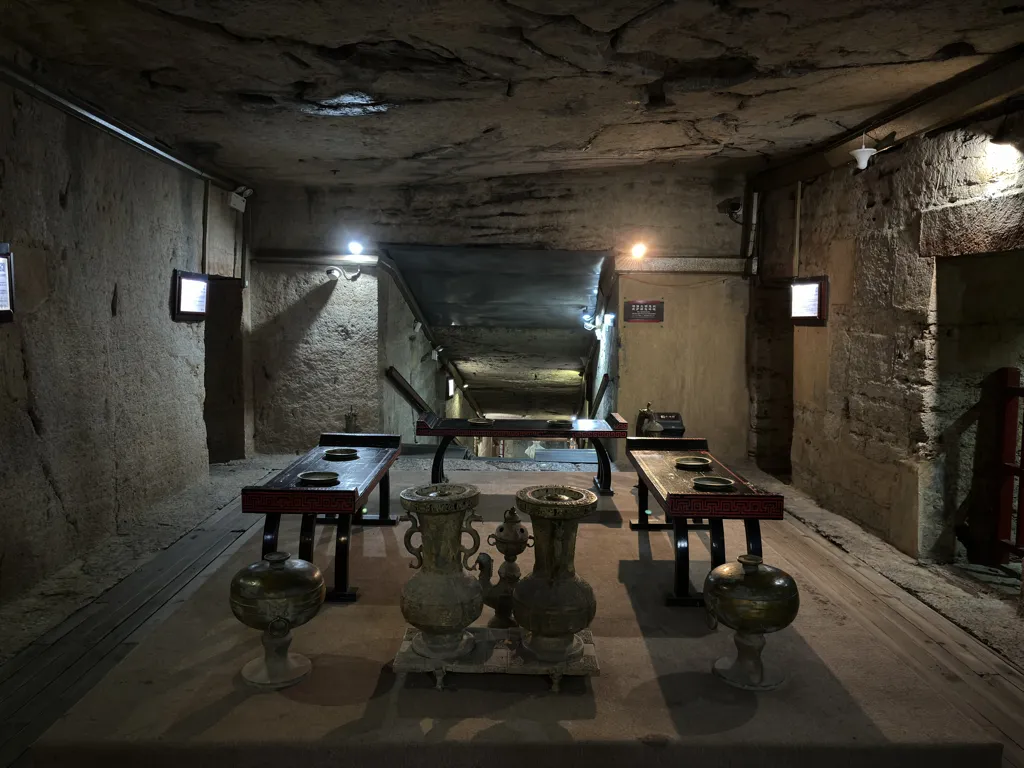
Sources:
Signs at the Archaeological site itself

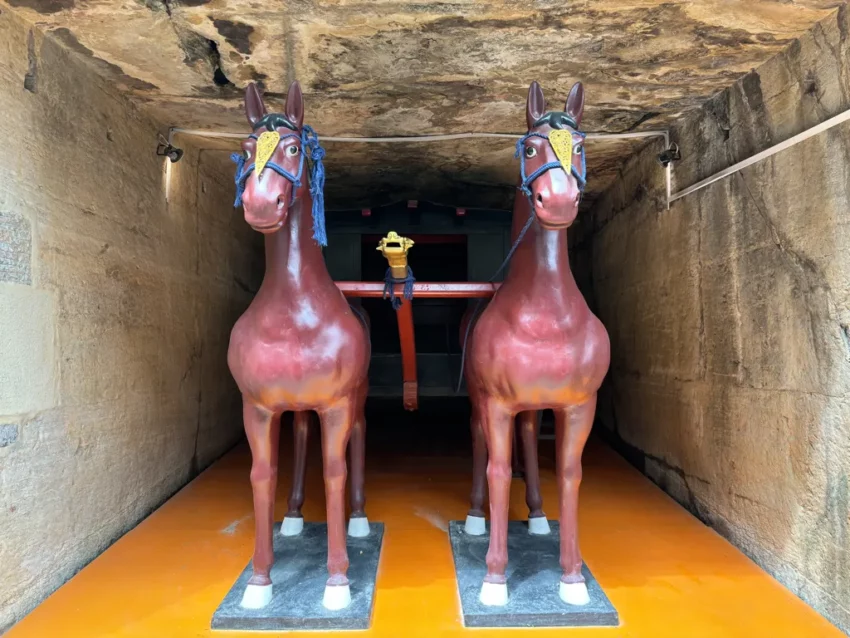
Much more even than meet the Eye